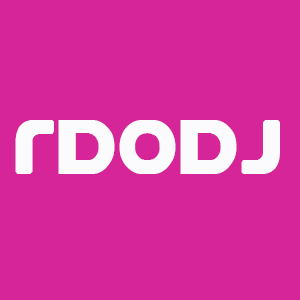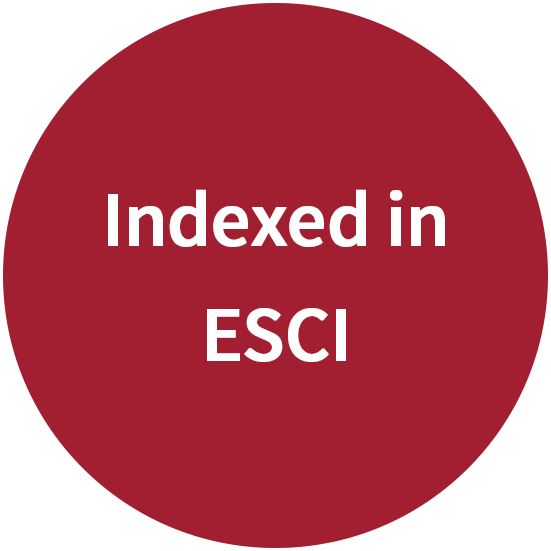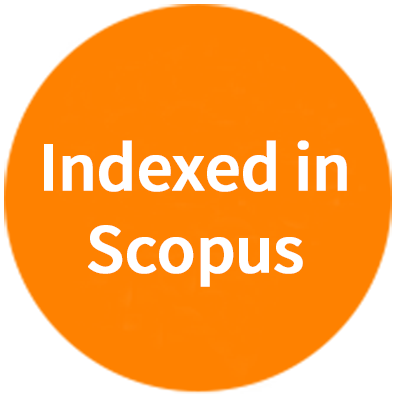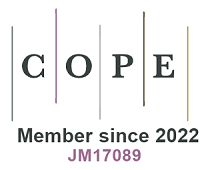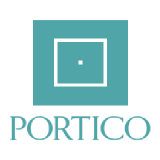REFERENCES
1. Staedtke V, Anstett K, Bedwell D, et al. Gene-targeted therapy for neurofibromatosis and schwannomatosis: the path to clinical trials. Clin Trials. 2024;21:51-66.
2. Peduto C, Zanobio M, Nigro V, Perrotta S, Piluso G, Santoro C. Neurofibromatosis type 1: pediatric aspects and review of genotype-phenotype correlations. Cancers. 2023;15:1217.
3. Yang FC, Ingram DA, Chen S, et al.
4. Joseph NM, Mosher JT, Buchstaller J, et al. The loss of Nf1 transiently promotes self-renewal but not tumorigenesis by neural crest stem cells. Cancer Cell. 2008;13:129-40.
5. Le LQ, Liu C, Shipman T, Chen Z, Suter U, Parada LF. Susceptible stages in Schwann cells for NF1-associated plexiform neurofibroma development. Cancer Res. 2011;71:4686-95.
6. Kershner LJ, Choi K, Wu J, et al. Multiple Nf1 Schwann cell populations reprogram the plexiform neurofibroma tumor microenvironment. JCI Insight. 2022:7.
7. Bostanthirige DH, Plante C, Vatasescu JPS, et al. Proof-of-principle of NF1 Gene Therapy in plexiform neurofibroma mice models. bioRxiv 2025;bioRxiv 2025.01.21.634081. Available from: https://www.biorxiv.org/content/10.1101/2025.01.21.634081v1.abstract [accessed 12 August 2025].
8. Goto-Silva L, Junqueira M. Single-cell proteomics: a treasure trove in neurobiology. Biochim Biophys Acta Proteins Proteom. 2021;1869:140658.
9. Wu J, Williams JP, Rizvi TA, et al. Plexiform and dermal neurofibromas and pigmentation are caused by Nf1 loss in desert hedgehog-expressing cells. Cancer Cell. 2008;13:105-16.
10. Jessen WJ, Miller SJ, Jousma E, et al. MEK inhibition exhibits efficacy in human and mouse neurofibromatosis tumors. J Clin Invest. 2013;123:340-7.
11. Zhu Y, Ghosh P, Charnay P, Burns DK, Parada LF. Neurofibromas in NF1: Schwann cell origin and role of tumor environment. Science. 2002;296:920-2.
12. Kim J, Koo BK, Knoblich JA. Human organoids: model systems for human biology and medicine. Nat Rev Mol Cell Biol. 2020;21:571-84.
13. Gilbert Family Foundation Contributes nearly $375 million in partnership with Henry Ford Health to Bring Shirley Ryan AbilityLab to Detroit and create the Nick Gilbert Neurofibromatosis Research Institute. Available from: https://gilbertfamilyfoundation.org/news-and-stories/henry-ford-health-shirley-ryan-ability-lab-nick-gilbert-neurofibromatosis-institute/ [accessed 12 August 2025].
14. Dombi E, Baldwin A, Marcus LJ, et al. Activity of selumetinib in neurofibromatosis type 1-related plexiform neurofibromas. N Engl J Med. 2016;375:2550-60.
15. Gross AM, Dombi E, Wolters PL, et al. Long-term safety and efficacy of selumetinib in children with neurofibromatosis type 1 on a phase 1/2 trial for inoperable plexiform neurofibromas. Neuro Oncol. 2023;25:1883-94.
16. Li L. Disproportionate adverse event signals of selumetinib in neurofibromatosis type I: insights from FAERS. Front Pharmacol. 2024;15:1454418.
17. Chen AP, Coyne GO, Wolters PL, et al; KOMET study investigators. Efficacy and safety of selumetinib in adults with neurofibromatosis type 1 and symptomatic, inoperable plexiform neurofibromas (KOMET): a multicentre, international, randomised, placebo-controlled, parallel, double-blind, phase 3 study. Lancet. 2025;405:2217-30.
18. Moertel CL, Hirbe AC, Shuhaiber HH, et al; for the ReNeu Study Group. ReNeu: a pivotal phase 2b trial of mirdametinib in children and adults with neurofibromatosis type 1 (NF1)-associated symptomatic inoperable plexiform neurofibroma (PN). JCO. 2024;42:3016-3016.
19. Leier A, Bedwell DM, Chen AT, et al. Mutation-directed therapeutics for neurofibromatosis type I. Mol Ther Nucleic Acids. 2020;20:739-53.
20. Wang D, Tai PWL, Gao G. Adeno-associated virus vector as a platform for gene therapy delivery. Nat Rev Drug Discov. 2019;18:358-78.
21. Raposo G, Stoorvogel W. Extracellular vesicles: exosomes, microvesicles, and friends. J Cell Biol. 2013;200:373-83.
22. Tang SN, Salazar-Puerta AI, Heimann MK, et al. Engineered extracellular vesicle-based gene therapy for the treatment of discogenic back pain. Biomaterials. 2024;308:122562.
23. Salazar-Puerta AI, Rincon-Benavides MA, Cuellar-Gaviria TZ, et al. Engineered extracellular vesicles derived from dermal fibroblasts attenuate inflammation in a murine model of acute lung injury. Adv Mater. 2023;35:e2210579.
24. Rincon-Benavides MA, Cuellar-Gaviria T, Alzate-Correa D, et al. Engineered extracellular vesicles as a therapeutic strategy for neurofibromatosis type I. Biomedical Engineering Society (BMES) Annual Meeting; 2023 Oct 11-14; Seattle WA. Available from https://2023bmesannual.eventscribe.net/fsPopup.asp?efp=Sk9RVlVJUUwyMDI3Nw&PresentationID=1315447&rnd=0.4760429&mode=presInfo [accessed 26 August 2025].
25. Rincon-Benavides MA, Cuellar-Gaviria T, Alzate-Correa D, Powell H, Gallego-Pérez D, Higuita-Castro N. Designed extracellular vesicles loaded with NF1 nucleic acid as a novel therapeutic strategy for neurofibromatosis type 1. International Nanomedicine and Drug Delivery Symposium (NanoDDS); 2024 Sep 13-15; Orlando, FL.
26. Ortega-Pineda L, Sunyecz A, Salazar-Puerta AI, et al. Designer extracellular vesicles modulate pro-neuronal cell responses and improve intracranial retention. Adv Healthc Mater. 2022;11:e2100805.
27. Sun L, Wu J, Du F, Chen X, Chen ZJ. Cyclic GMP-AMP synthase is a cytosolic DNA sensor that activates the type I interferon pathway. Science. 2013;339:786-91.
28. Chen X, Tang X, Xie Y, et al. A lupus-derived autoantibody that binds to intracellular RNA activates cGAS-mediated tumor immunity and can deliver RNA into cells. Sci Signal. 2025;18:eadk3320.
29. NF2BioSolutions. Available from https://nf2biosolutions.org/non-viral-gene-delivery-zhou-lab-at-yale-university/ [accessed 12 August 2025].
30. Sharma J, Du M, Wong E, et al. A small molecule that induces translational readthrough of CFTR nonsense mutations by eRF1 depletion. Nat Commun. 2021;12:4358.
31. Osum SH, Oribamise EI, Corbière SMAS, et al. Combining nonsense mutation suppression therapy with nonsense-mediated decay inhibition in neurofibromatosis type 1. Mol Ther Nucleic Acids. 2023;33:227-39.
33. Takeda S, Clemens PR, Hoffman EP. Exon-Skipping in Duchenne Muscular Dystrophy. J Neuromuscul Dis. 2021;8:S343-58.
34. McCauley ME, Bennett CF. Antisense drugs for rare and ultra-rare genetic neurological diseases. Neuron. 2023;111:2465-8.
35. Leier A, Moore M, Liu H, et al. Targeted exon skipping of NF1 exon 17 as a therapeutic for neurofibromatosis type I. Mol Ther Nucleic Acids. 2022;28:261-78.
36. Church C. Targeted Exon Skipping of NF1 Exon 52 as a Mutation-Specific Therapeutic for Neurofibromatosis Type 1. 2024 Global NF Conference; 2024 Jun 20-25; Brussels, Belgium. Available from https://www.ctf.org/wp-content/uploads/2024/06/24_NFConferenceAbstractBook_web.pdf [accessed 26 August 2025].
37. Lehtonen A, Howie E, Trump D, Huson SM. Behaviour in children with neurofibromatosis type 1: cognition, executive function, attention, emotion, and social competence. Dev Med Child Neurol. 2013;55:111-25.
38. Botero V, Tomchik SM. Unraveling neuronal and metabolic alterations in neurofibromatosis type 1. J Neurodev Disord. 2024;16:49.
39. Kim TY, Siesser PF, Rossman KL, et al. Substrate trapping proteomics reveals targets of the βTrCP2/FBXW11 ubiquitin ligase. Mol Cell Biol. 2015;35:167-81.
40. Kohn DB, Chen YY, Spencer MJ. Successes and challenges in clinical gene therapy. Gene Ther. 2023;30:738-46.
